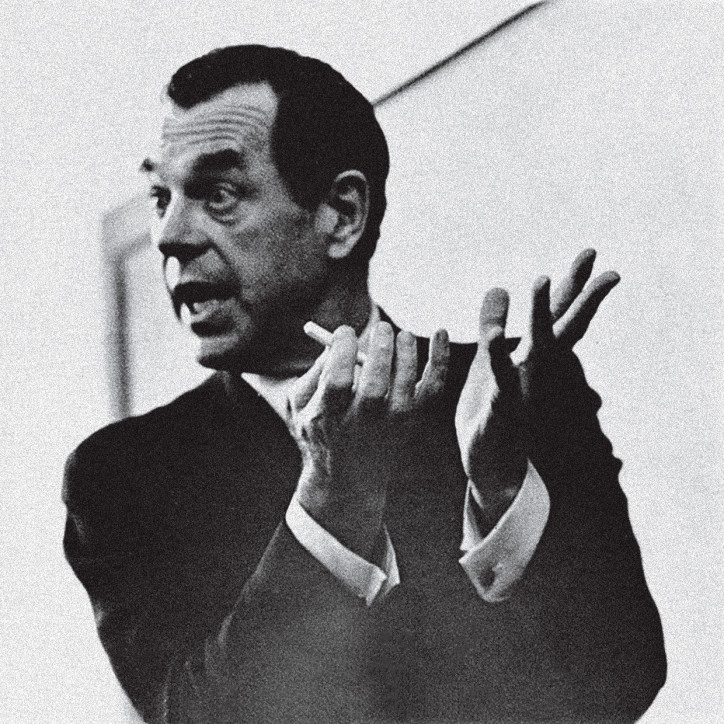The Hero in the Labyrinth The Pioneering Work of Joseph Campbell [View all]
Ancient stories or those collected by ethnographers; fairy tales, folk tales, and legends from across the globe; the Old Testament as well as Aztec, Egyptian, and Indian myths; The Grimm Fairy Tales and One Thousand and One Nights. Joseph Campbell searched all of the above for hidden patterns, timeless and spaceless forms of the human imagination. He developed the idea of the spiritual unity of human beings when he discovered the existence of universal motifs and topics, such as the virgin birth, the journey into the afterlife, sacrificing kings, and the resurrection of a deity. As James Hillman aptly pointed out, Campbell belonged to a generation of intellectuals born shortly before World War I whose works were created under the influence of 19th-century models of scholarship. The American’s incredible erudition and diligence stemmed from his ambition to create a total synthesis of human spiritual life.
His fascination with Indigenous American mythologies was inspired by the childhood books his parents bought him. He was first and foremost a reader, up until old age. When Alan Watts once asked what type of yoga he practiced, Campbell allegedly replied that his was the yoga of “emphasizing sentences.” Jean Erdman, an avant-garde theater director and dancer (Campbell’s wife of nearly fifty years who died in 2020 at the age of 104), recalled that during one of their first walks in Manhattan, Campbell lent her Oswald Spengler’s The Decline of the West. Suddenly it started pouring. The young man immediately took off his coat, and she assumed he meant to romantically shield her from the rain. Soon enough she realized he was more interested in protecting the book than her.
However, his adoration for books and his incredible erudition weren’t an obstacle to the other activities he undertook. Campbell abandoned his academic career when he became convinced that teaching others about finding life truths in books was a naive way of deceiving both his students and himself. He learned surfing from the one and only Duke Kahanamoku. He played the saxophone in a jazz band. He was an athlete and a sportsman—he almost qualified for the US national track and field team (not making it to the Olympics was purportedly his life-long regret). He constantly traveled between Europe and America, which resulted in peculiar meetings. He met Jidda Krishnamurti on a steamer in 1924, and the philosopher’s secretary gave Campbell his first book about the Buddha—Edwin Arnold’s The Light of Asia. Thanks to this friendship, later strengthened in the Dutch Castle Eerde where Krishnamurti’s organization was headquartered, Campbell was introduced to the “miraculous world of India’s spiritual culture.”
At the turn of the 1930s he studied medieval literature at the Sorbonne (mostly tales about the quest for the Holy Grail) and enjoyed the aura of bohemian Paris. He then moved to Germany to study Sanskrit. His first book was an analysis of James Joyce’s Finnegans Wake. His other great literary fascination was Thomas Mann, whom he met and with whom he corresponded.
. . .

Joseph Campbell. Photo courtesy of the Joseph Campbell Foundation (jcf.org)
More:
https://przekroj.pl/en/society/the-hero-in-the-labyrinth-tomasz-wisniewski
